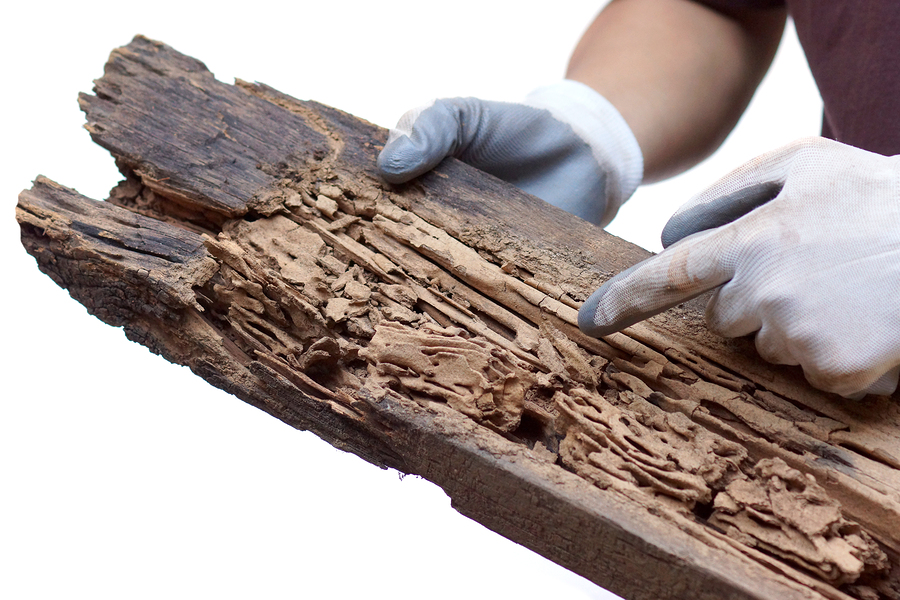WDI Inspection: What Is It and Do I Need One?
Whether you’re already a happy homeowner or a buyer ready to purchase your dream home, it’s important to know that serious issues can occur from wood-destroying insects. Termites, carpenter ants, carpenter bees, powderpost beetles, and other wood-destroying insects lurk beneath the surface of wood and commonly go unnoticed until they’ve caused substantial damage. According to the Environmental Protection Agency (EPA), termites alone cause billions of dollars in structural damage each year.
Fortunately, you can protect your home from damage by having a pest control professional conduct a Wood Destroying Insect (WDI) Inspection. Before you reach for the phone, the experts at Spence’s Pest Control have put together some detailed information about WDI inspections to help you determine if you need one for your property—or potential property.
What is a WDI Inspection?
 A WDI Inspection is a thorough examination of a property to determine if there are visible signs of wood-destroying insects. During the WDI Inspection, a pest control technician will also look for signs that a property has previously been treated and whether the treatment is ongoing.
A WDI Inspection is a thorough examination of a property to determine if there are visible signs of wood-destroying insects. During the WDI Inspection, a pest control technician will also look for signs that a property has previously been treated and whether the treatment is ongoing.
Do I Need a WDI Inspection for My Property?
Although the most common wood-destroying insects lurk inside the wood, there are a few noticeable signs that can alert you to an issue such as softwood that emits a hollow sound when tapped and blistering or darkening wood. For termites, look for discarded wings near doors or windowsills, small piles of feces that look like sawdust, or dry, brown mud tubes on the exterior of a structure that resemble pencil-thin tunnels.
If your home is less than three years old, you may not find any visible evidence of termites since it could take three to eight years before signs of an infestation can be seen with the naked eye. Since prevention is best, you can take steps to keep wood-destroying insects from devouring your home, regardless of its age. The National Pest Management Association (NPMA) recommends:
- Eliminating or reducing moisture in and around a property
- Repairing leaky faucets, water pipes, and air conditioning units
- Repairing worn or rotted fascia, soffits, and shingles
- Replacing weather stripping or loose mortar around foundations and windows
- Installing downspouts, gutters, and splash blocks to divert water
- Maintaining an 18-inch space between the soil and any wooden part of a structure
- Storing firewood a minimum of 20 feet from a structure
- Consider scheduling an annual WDI Inspection
Do I Need a WDI Inspection for a Property I’m Purchasing?
If you’re working with the Department of Veterans Affairs, Federal Housing Administration, or the Department of Housing and Urban Development to purchase a property, you’ll be required to have a WDI Inspection. In addition, most banks require, or at least recommend, that a WDI Inspection is completed prior to authorizing a mortgage.
Whether or not a WDI Inspection is required, be sure to look for visible signs of wood-destroying insect infestations as mentioned above anytime you’re touring a property. You could save thousands of dollars on costly repairs or treatments that aren’t covered by insurance.
If you’re concerned that wood-destroying insects have infested your home or business, or if you’re planning to purchase a property, Spence’s Pest Control is here to help. Our professional pest control technicians can conduct a comprehensive WDI Inspection and give you peace of mind. Contact us at 804-794-7738, or use our convenient online form to schedule a free inspection today!












